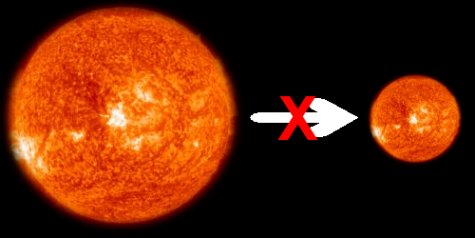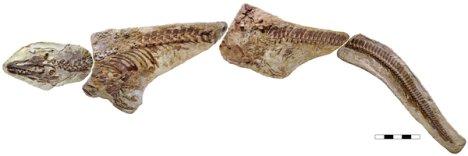
(manipulated NASA image)
A commenter asked a question before I left on vacation. I gave him a brief answer as a reply, but now I want to go into the details of my answer. As the commenter mentioned, he was doing research for a sermon and came upon some information that indicated the sun is shrinking at a rate of about 5 feet per hour. While that’s not a lot for something as big as the sun, it indicates that the sun is rather young. After all, if we extrapolate the sun’s size backward over time using that rate, we would find that the sun would have been touching the earth a “mere” 11 million years ago.
If this were true, it would be a clear indicator that the earth and sun are not billions of years old. After all, the earth would not be a haven for life if it were anywhere near the surface of the sun! So if the sun is (and always has been) shrinking at anywhere near a rate of 5 feet per hour, the earth and sun could not be very old.
The problem is that this argument is based on faulty ideas about where the sun gets its energy and, more importantly, it is based on faulty data.


